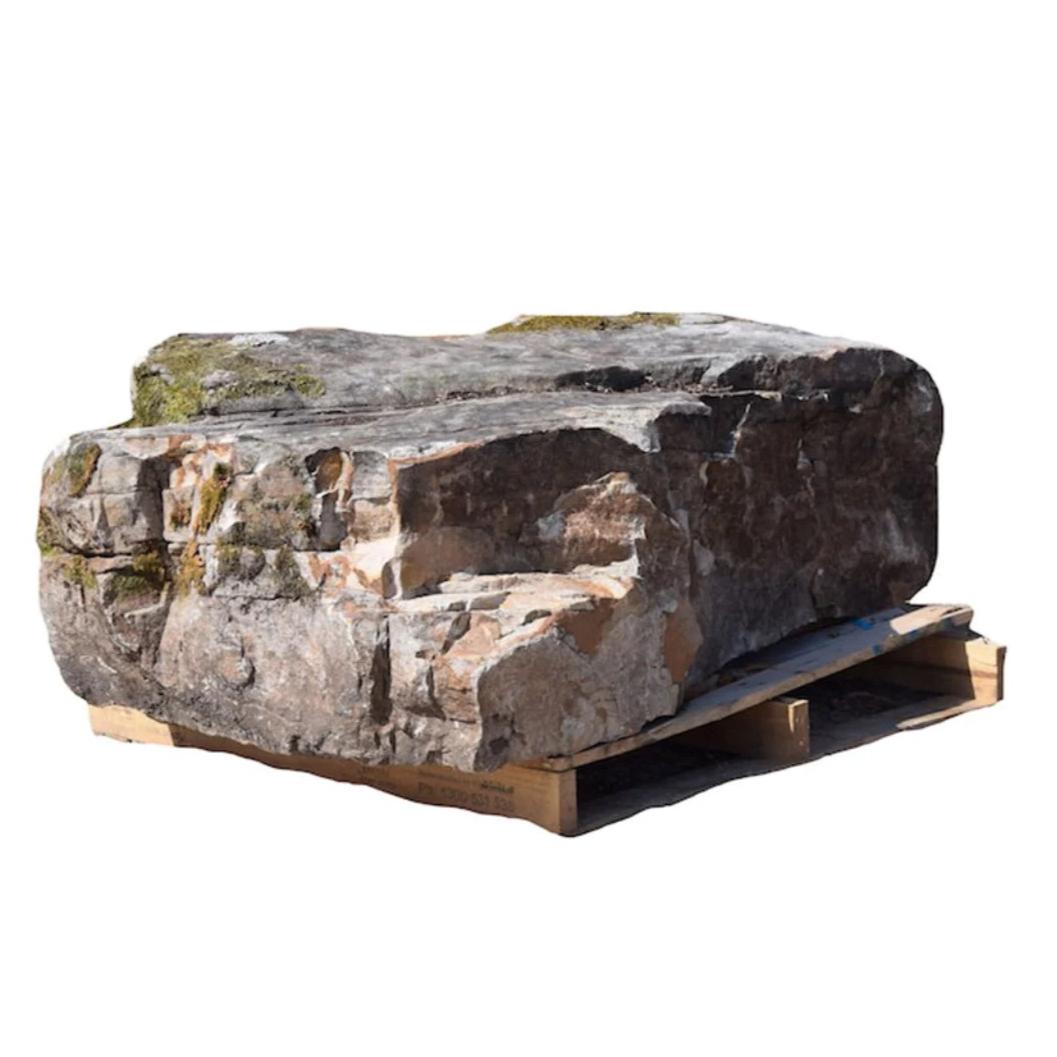5 Best Woody Shrubs for Fall Foliage
The arrival of fall signals the appearance of beautiful, autumn colors. It also signals the ideal time to plant woody shrubs.
Woody shrubs are plants that have hard stems and survive winters above ground. These shrubs can either be deciduous (shed their leaves annually) or evergreen (leaves throughout the year). They add various tints of yellow, orange, and red to your landscape in the fall and some produce attractive blooms in the winter and warmer months.
Check out our five favorite woody shrubs with gorgeous fall foliage that thrive in Georgia. Each shrub comes with planting tips and insights from top designers here at ServeScape.
1. Purple Daydream Fringe Flower

The Purple Daydream Fringe Flower (Loropetalum chinense) is a beautiful evergreen shrub with dark burgundy foliage. Eventually growing up to six feet tall, it keeps color year round and heavy blooms of vivid red fringe-like flowers in late winter through spring. It’s also low maintenance!
Planting tip: Plant your purple daydream fringe flower where it will have partial sunlight (to produce the best color. Ensure moist, acidic, well-drained soil to avoid root rot. Smoke Tree, Lily Turf, Pittosporum are ideal companion plants.
2. Fragrant Tea Olive, Sweet Olive

Looking for a beautifully fragrant flower for an outdoor entertaining area? Fragrant Tea Olive (Osmanthus fragrans) is a large, densely branched evergreen shrub with dark green toothed foliage year-round.
The highly fragrant tiny white flowers grow in clusters along stems in the spring and fall. This plant fills in a space quickly and typically grows 10-15 feet tall and 6-8 feet wide.
Planting tip: This upright shrub is best grown in partial shade and sunlight. The shrub is low maintenance. Just make sure to keep moisture consistent and watch for scale and aphids. Ideal companion plants include Abelia and Loropetalum.
3. Crimson Fire Fringe Flower

The Crimson Fire Fringe Flower (Hydrangea quercifolia) lives up to its fiery name. This compact dwarf, evergreen shrub sports graceful arching branches.
A stunning plant year-round, its deep ruby foliage fades to burgundy and heavy blooms of vibrant neon pink fringe-like flowers in late winter through spring. Their compact shape is ideal for small gardens as they grow only 2-3 feet high and wide.
Planting tip: Another low maintenance plant, Crimson Fire thrives with regular watering and moist, well-drained soils. Plant in full sun to partial shade. Ideal companion plants include Heavenly Bamboo, Juniper, and Camellia.
4. Florida Sunshine Anise

Add a bright pop of color and the feel of sunny Florida to your shade garden with Florida Sunshine Anise (Illicium parviflorum) - an upright and striking evergreen shrub.
It stays beautiful year-round. Its glossy, oblong foliage emerges chartreuse-yellow in spring and brightens to hot yellow in fall, while the upper stems gain bright red hues. In the spring, the yellow flowers are followed by delightful licorice-scented fruit.
The Florida Sunshine Anise grows 4-5 feet tall and 2-3 feet wide.
Planting tip: This low-maintenance shrub also grows best with shelter from the harsh afternoon sun and regular watering. Add mulch to keep roots cool and conserve moisture. Prune to shape after flowering. Cast Iron Plant, Fatsia, Holly Leaf Fern make ideal companion plants.
Note: The small fruits are non-edible and not a substitute for the culinary spice obtained from Illicium verum - DO NOT INGEST.
5. Purple Pixie Fringe Flower

Native to China, Japan, and the Himalayas, the Purple Pixie Fringe Flower (Loropetalum chinense) is a compact, low-growing evergreen shrub. It has cascading and rich deep burgundy foliage.
This shrub is also covered in heavy blooms of bright hot pink fringe-like flowers late winter through spring. The Purple Pixie Fringe Flower normally grows 1-2 feet tall and 3-5 feet wide.
Planting tip: This shrub does not require pruning if planted in the right location. It also benefits from mulch. Best color is achieved in partial sun and moist, acidic, well-drained soil to avoid root rot. Ideal companion plants include Smoke Tree, Camellia, and Pittosporum.













































